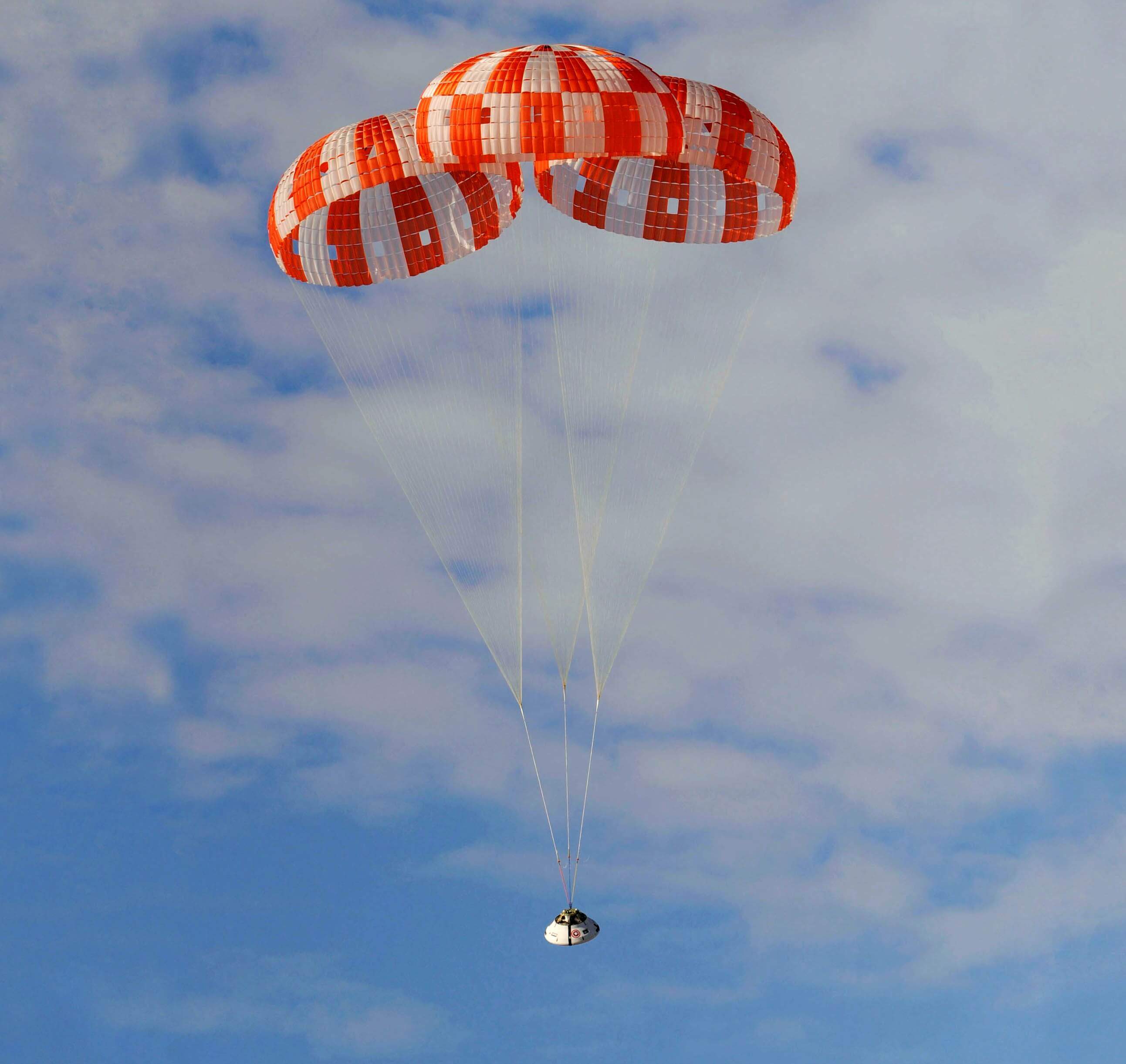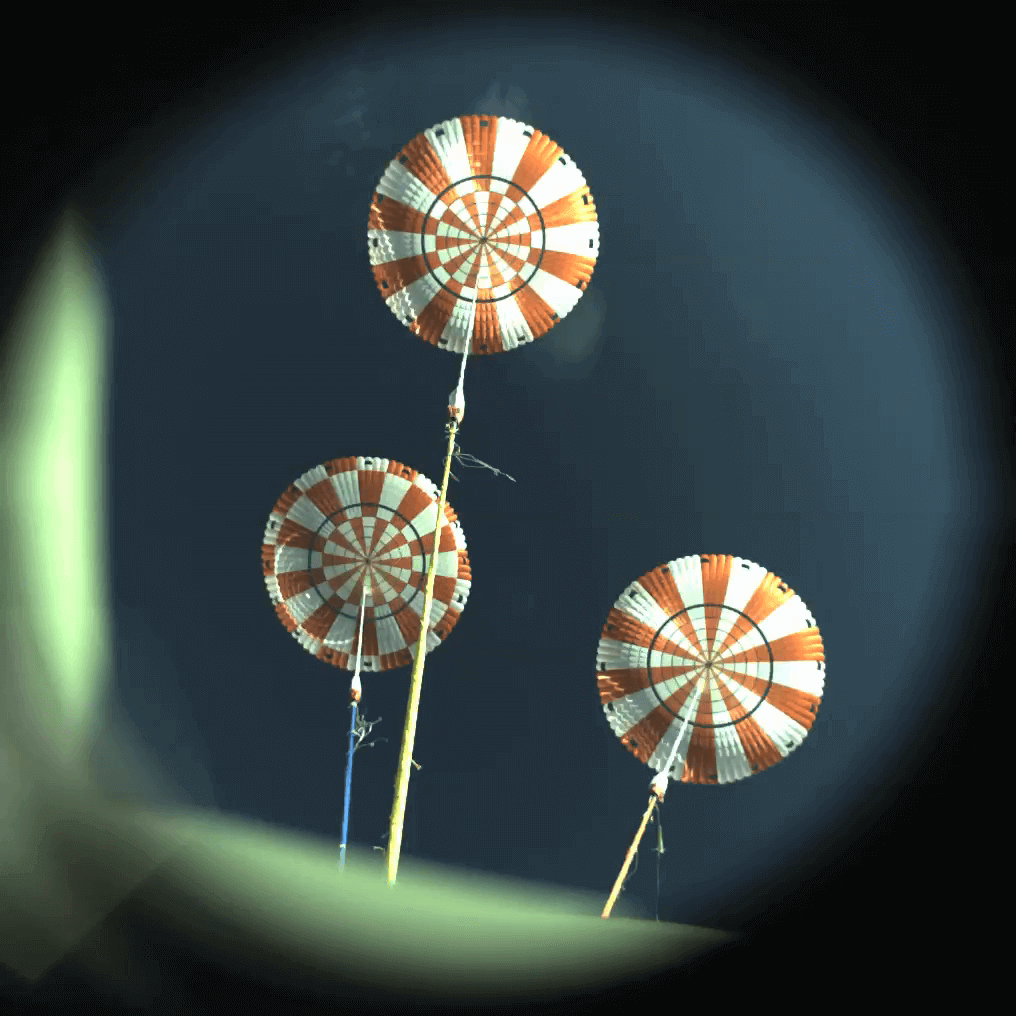



Crash tests provide tons of useful data that helps makes cars safer — but capturing that data requires lightweight, high-speed cameras. After all, a crash can happen in the blink of an eye. A camera, originally designed to test next-generation spacecraft parachutes, can capture up to 1,000 frames per second — and, importantly, transfer all that data to the camera's memory at high speed so nothing is lost.
When NASA was testing the Orion parachutes, it needed to capture every millisecond in extreme detail to ensure engineers could see and fix any problems. But the agency couldn't use just any slow-motion camera: it needed to shoot an extremely high frame rate and store the images just as quickly in its memory — all while adjusting instantly from complete darkness to full daylight and withstanding the space vacuum, space radiation and water immersion after landing. Plus it had to be small, lightweight and run on low power. These types of requirements pushed industry to innovate, which result in better products for customers too.
Learn more about how NASA helped develop technology that impacts crash analysis within your city's automotive environment!